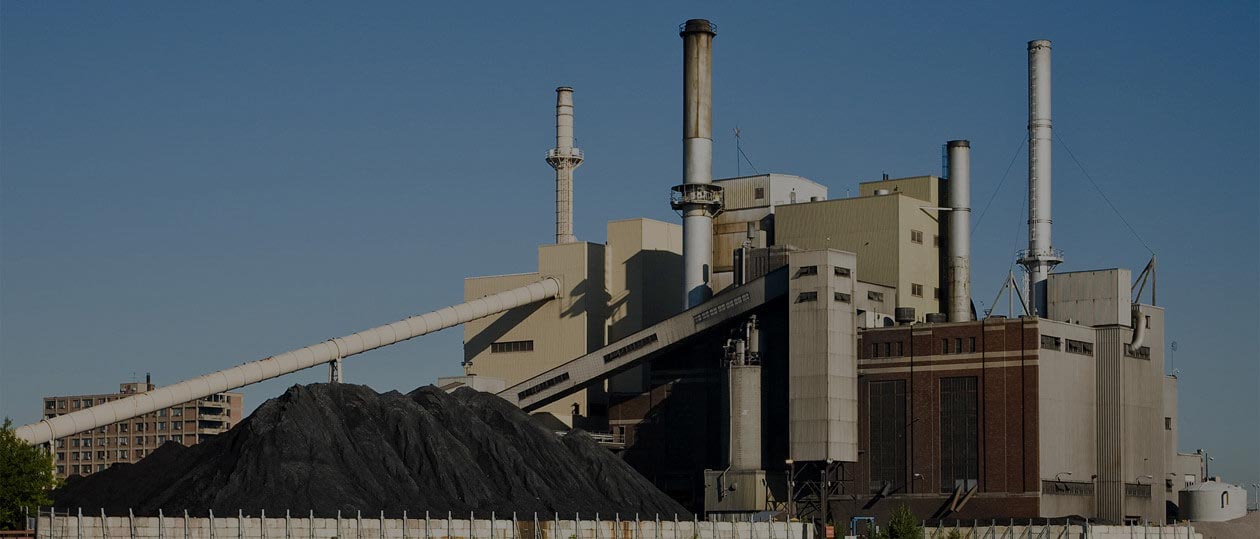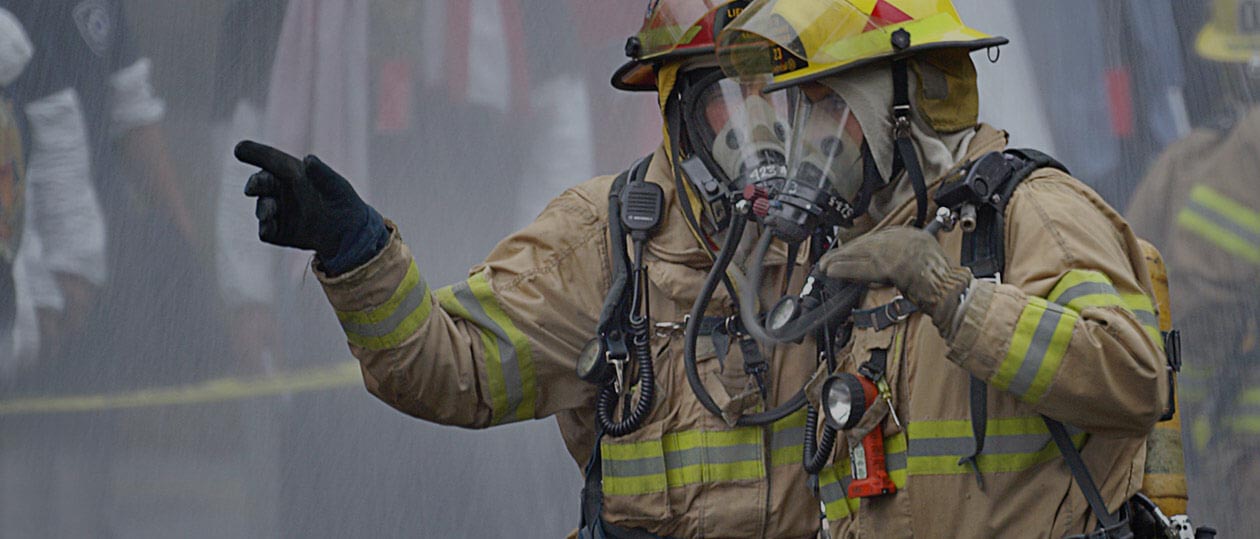Search
Avoiding the Big One – Risk of Dust Explosion

March 2019
In late May last year, in South Sioux City, engineers were pondering the best way to demolish a grain elevator. The reason; a series of explosions in the 200-foot elevator tower had rendered the structure unsafe; and families from a dozen homes nearby, around fifty people, were waiting to hear when they would be allowed back home. Of course, their plight belies the grief of workers injured and their families, in one case fatally, who were caught in the explosion. Source: Dust Safety Science
Stonehouse Process Safety Commentary
We do not comment on this serious event. We do ask why such events happen with worrying regularity and why, when much is known about safe elevator and silo explosion design, we continue to witness these shocking events time and time again. In Sioux City in the ‘70s, just a few miles away from last year’s elevator explosion, there was an elevator/ silo grain explosion that struck a bunch of grain silos – that time resulting in the death of 4 men.
People are injured, businesses are destroyed, lawsuits are filed, and communities devastated.
A way to view risk and focus the mind
When we consider dust explosion RISK we think of its components – likelihood and consequence. In our work as process safety consultants we are constantly reviewing how our clients can reduce the likelihood of explosion at their facilities. We are also looking at what would be the effects (consequences) of explosion and how they can be safely managed. It is through this twin-track approach that we can establish a basis of safe operation and can help our clients enhance safety and protect their staff and their businesses. But actually, this twin track approach is not always symmetrical. To have established through a Dust Hazard Analysis that an explosion/ flashfire is unlikely is good news; but measures to protect against the effects of an explosion could also still be required. If the consequences of explosion are potentially huge and devastating, then we would argue that protection measures become so much more important and sometimes critical.
So now we address the BIG ONE – the large silo explosion, the tall elevator explosion and so on. Well, in plant and equipment of very large volume, any explosion has the potential of being BIG – which can imply destructive and life-threatening potential. For this reason, silos and elevators will most likely be designed and operated to be able to cope with the consequence of a dust explosion, even if it’s unlikely to happen. Explosion relief venting is the usual way of achieving this, but the area and activation pressure of those explosion vents must be designed taking into account the explosibility of the contained dust (Kst value and explosion pressure), the volume, strength, and shape of the silo/ elevator. In our experience, there are too many silos out there that have poorly-designed, inadequate or even no explosion protection (e.g. venting). Of course, this does not mean that taking preventative measures does not matter. Regular maintenance, temperature monitoring, correct choice of electrical equipment, control of static electricity, hot-work permit systems, and so on must always be reviewed and corrective actions taken where deficiencies are identified. But although explosion prevention measures are clearly important, it would need specialist study and meticulous implementation of prevention measures in practice to bring the ignition risk to an acceptable/tolerable level. So, in our view, with very low probability events in BIG equipment, given the consequence, the importance of protection to safely deal with an explosion would usually be prioritized. With the BIG event, consequence is often king and can focus the mind very well when it comes to deciding on where to prioritize spend from that limited safety budget.
And finally; food for thought
Beware when you hear the statement “this hopper, silo, elevator, dryer, conveyor… has been operating safely for years. Please feel free to add “so have most facilities that have just blown-up.

Get in touch
To learn more about our expertise and services in dust explosion prevention & mitigation, call us at +1 609 455 0001 or email us at [email protected] today.
We also offer tailored virtual and in-company process safety training programs on Dust Explosions, Static Electricity and HAC (Hazardous Area Classification) and more. Find further information here.











